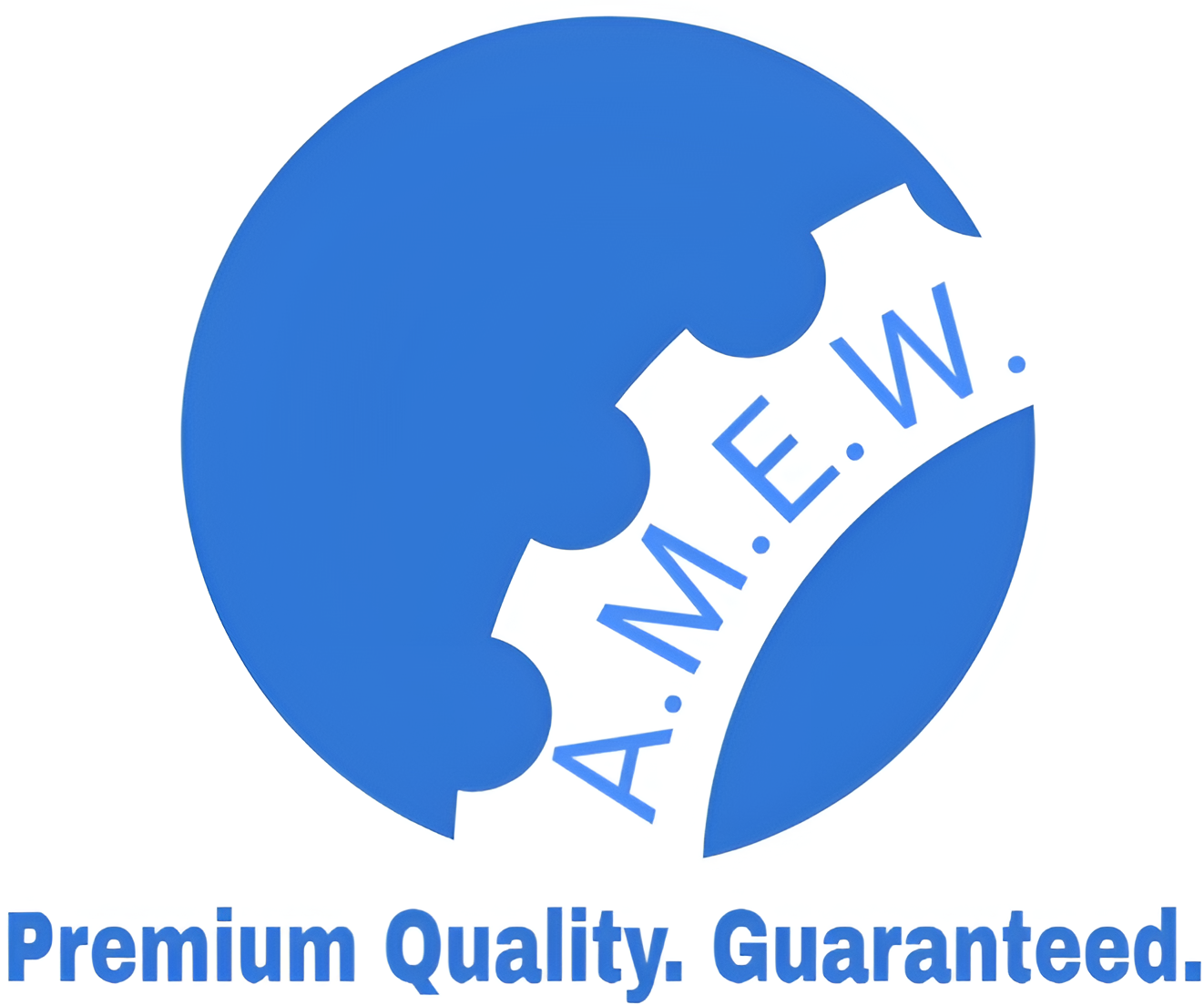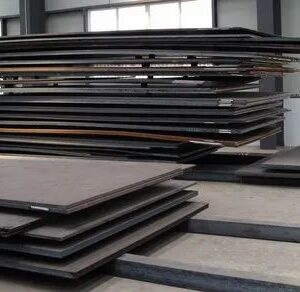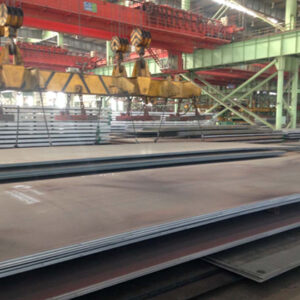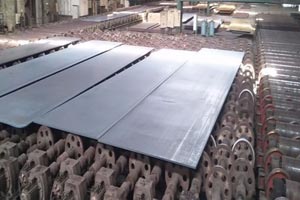Pressure Vessel Steel Plate: An In-Depth Overview
What are Pressure Vessel Steel Plates?
Pressure Vessel Steel Plates are specialized steel plates designed to withstand high pressures and temperatures, making them ideal for use in various industrial applications. These plates are critical components in the construction of pressure vessels, which are containers designed to hold gases or liquids at a pressure substantially different from the ambient pressure. Common applications include storage tanks, reactors, boilers, and heat exchangers in industries like oil and gas, chemical processing, and power generation.
Importance of Pressure Vessel Steel Plates
The selection of appropriate pressure vessel steel is crucial for safety, durability, and efficiency. These plates must possess specific mechanical properties, such as high tensile strength, toughness, and weldability, to ensure they can withstand harsh operating conditions. The manufacturing process involves stringent quality control measures to meet international standards, such as ASME (American Society of Mechanical Engineers) and ASTM (American Society for Testing and Materials), ensuring the integrity and reliability of the finished product.
Table of Contents
Understanding Pressure Vessel Steel Plates
Key Specifications and Grades
Mechanical Properties
Applications of Pressure Vessel Steel Plates
Manufacturing Process
Advantages of Using Pressure Vessel Steel Plates
Conclusion
1. Understanding Pressure Vessel Steel Plates
Pressure vessel steel plates are typically made from carbon steel, alloy steel, or stainless steel. The choice of material depends on various factors, including the intended application, the operating environment, and the specific requirements of the pressure vessel design. These plates are often hot-rolled or cold-rolled to achieve the desired thickness, surface finish, and mechanical properties.
2. Key Specifications and Grades
Several grades of pressure vessel steel plates are commonly used in industrial applications. Some of the most recognized standards and their respective grades include:
ASTM A516: This is one of the most widely used pressure vessel steels, known for its excellent weldability and notch toughness. It comes in several grades, including:
A516-60
A516-65
A516-70
ASTM A537: This specification covers pressure vessel plates made from heat-treated carbon steel. The grades include:
A537 Class 1
A537 Class 2
ASME SA516: Similar to ASTM A516, these plates are suitable for pressure vessels and are used for lower-temperature applications.
EN 10028: European standards for pressure vessel steels, including grades such as P265GH, P355GH, and 16Mo3.
3. Mechanical Properties
The mechanical properties of pressure vessel steel plates are crucial in ensuring their performance under extreme conditions. Key properties include:
Yield Strength: The minimum stress at which the steel will deform permanently.
Tensile Strength: The maximum stress that the material can withstand while being stretched or pulled.
Elongation: The measure of ductility, indicating how much the material can stretch before breaking.
Impact Toughness: The ability of the material to absorb energy during deformation, especially at low temperatures.
4. Applications of Pressure Vessel Steel Plates
Pressure vessel steel plates are used in various applications, including:
Chemical Processing: Used to manufacture reactors, separators, and storage tanks that handle corrosive substances.
Oil and Gas Industry: Essential for producing pressure vessels, storage tanks, and offshore platforms.
Power Generation: Utilized in boilers, heat exchangers, and steam drums.
Food and Beverage Industry: Employed in equipment that requires high standards of cleanliness and corrosion resistance, such as pasteurizers and mixers.
Pharmaceuticals: Used in manufacturing processes that require stringent hygiene and safety standards.
5. Manufacturing Process
The manufacturing process of pressure vessel steel plates involves several key steps, including:
Steelmaking: Raw materials are melted and refined to produce steel with specific chemical compositions.
Forming: The molten steel is cast into slabs, which are then hot-rolled or cold-rolled into plates of desired thickness.
Heat Treatment: Plates may undergo heat treatment processes to enhance their mechanical properties.
Testing and Inspection: Rigorous testing and inspection processes, including ultrasonic testing and radiographic testing, are conducted to ensure quality and safety.
6. Advantages of Using Pressure Vessel Steel Plates
Using pressure vessel steel plates offers several advantages:
High Strength and Durability: These plates are designed to withstand high pressures and temperatures, ensuring long service life.
Corrosion Resistance: Many grades are formulated to resist corrosion, making them suitable for harsh environments.
Customizability: Plates can be manufactured in various sizes and thicknesses to meet specific project requirements.
Safety: Compliance with international standards ensures that pressure vessels meet safety regulations, minimizing risks.







